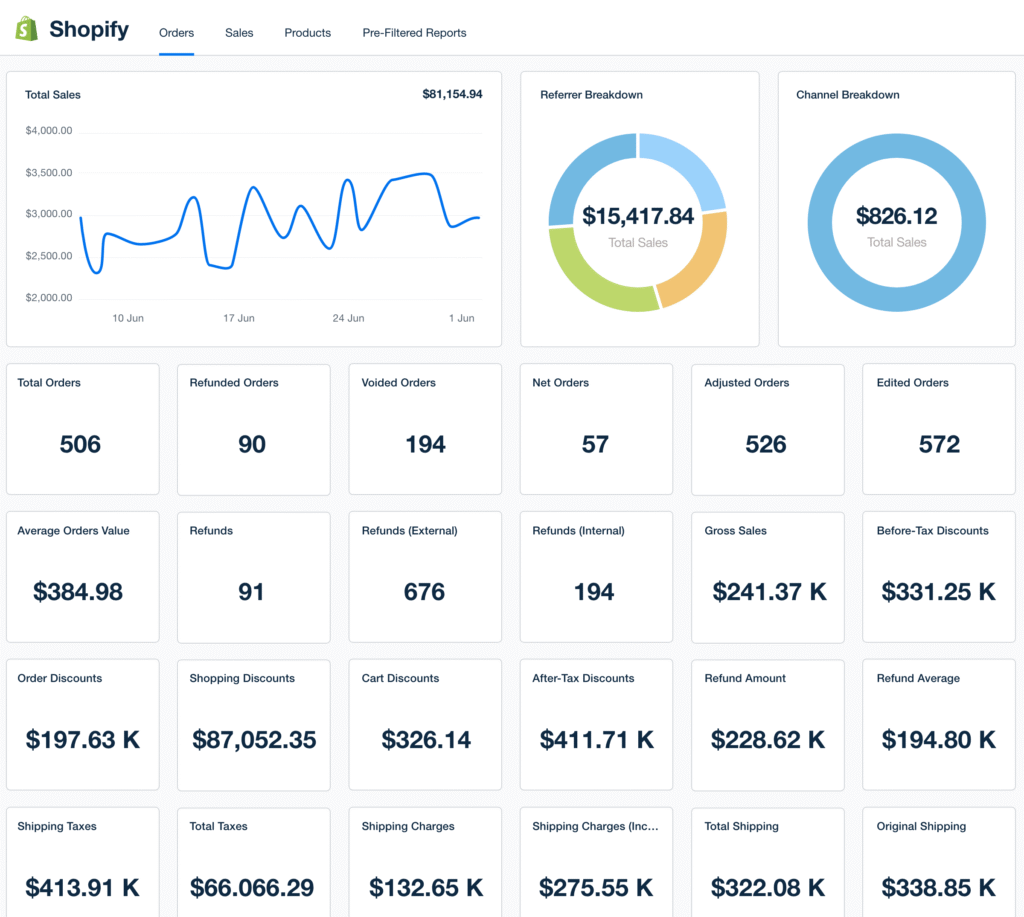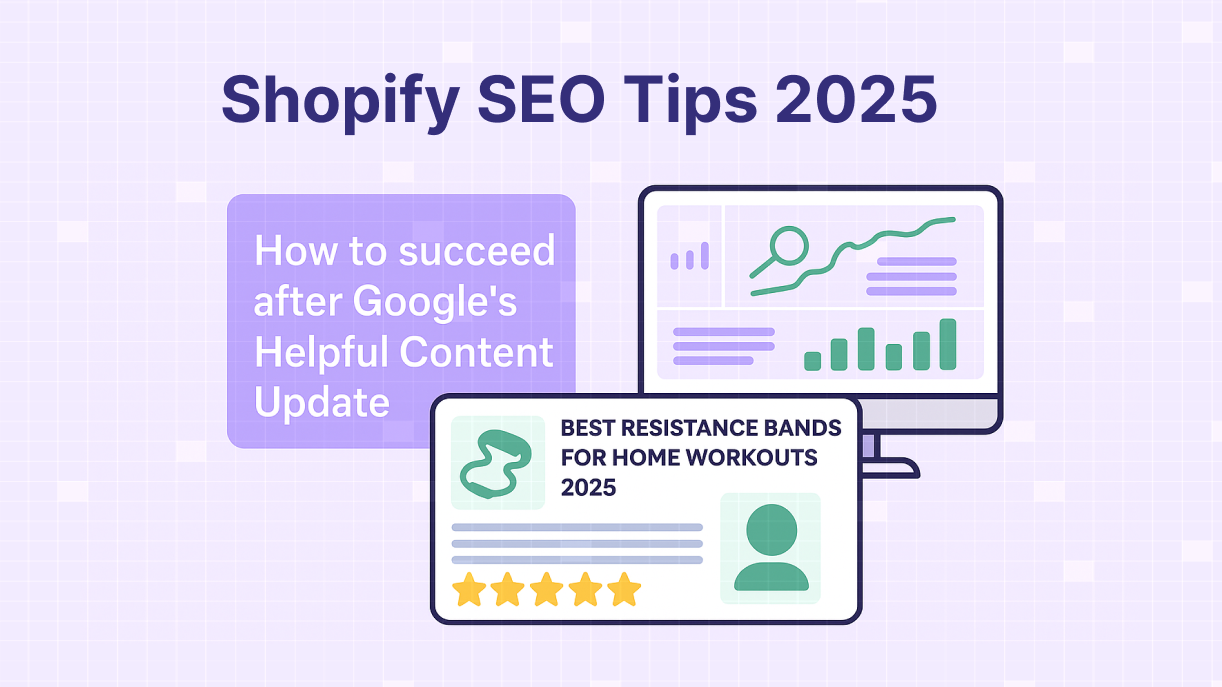
📈 Shopify Keyword Optimization 2025: Step-by-Step Strategy to Rank Higher
In 2025, mastering keyword optimization on Shopify isn’t optional—it’s a necessity. With Google’s evolving algorithms focusing more on user intent, successful Shopify stores must go beyond just stuffing keywords. Instead, store owners need to understand what customers are searching for, how to target those terms naturally, and how to track performance.
In this guide, we’ll walk you through a step-by-step Shopify keyword optimization strategy tailored for 2025. Whether you’re launching a new store or improving an existing one, these actionable tips will help boost your visibility, traffic, and sales.
🔍 Why Keyword Optimization Matters in 2025
Google’s algorithm has evolved. It’s no longer about exact-match keywords but understanding search intent and delivering relevant content. This shift makes strategic keyword usage even more essential.
For Shopify sellers, the right keywords help:
- Drive targeted traffic from search engines
- Increase product discoverability
- Improve conversion rates by attracting ready-to-buy visitors
- Strengthen on-page SEO and site structure
Main keyword: Shopify keyword optimization 2025
Supporting keywords: keyword research Shopify, Shopify SEO strategy 2025, optimize keywords Shopify
✅ Step 1: Choose the Right Keywords for Your Products
Start with effective keyword research. Use tools like:
- Google Keyword Planner (free)
- Ubersuggest
- Ahrefs or SEMrush
Tips:
- Search for product-specific keywords, e.g., “eco-friendly pet toy” or “wireless MagSafe charger”
- Identify long-tail keywords with high intent and lower competition
- Spy on competitors using Shopify App Store SEO Tools

✏️ Step 2: Optimize Titles, Descriptions & URLs
Now that you have keywords, it’s time to put them into action.
Product Titles:
- Start with the keyword (e.g. “Collagen Skincare Serum – Brighten & Hydrate”)
- Keep it natural and readable
Meta Descriptions:
- Add the keyword in the first 140 characters
- Use persuasive language to improve CTR
Example: “Shop collagen skincare serum for glowing skin. Hydrates, brightens, and made for sensitive skin.”

Product URLs:
Shopify auto-generates URLs, but you can manually adjust them to include keywords:
yourstore.com/products/collagen-skincare-serum
📌 Pro Tip: Avoid keyword stuffing. Use each keyword only once or twice per section.
🖼️ Step 3: Apply Keywords Site-Wide
Keyword optimization isn’t just for product pages.
a) Blog Content
- Create blog posts targeting supporting keywords like “how to choose skincare products”
- Internal link back to product pages
Try: “Top Trending Products of 2025” with links to each item
b) Image Alt Text
- Describe the image using relevant keywords
“reusable silicone food bag on a kitchen counter”
c) Navigation Menus
- Add categories that include keywords
Instead of “Shop All,” try “Shop Smart Home Gadgets” or “Vegan Skincare”
📈 This strengthens internal linking and boosts SEO signals.
📊 Step 4: Track Keyword Performance with Shopify Analytics
Once your keywords are in place, track performance using:
Shopify Analytics:
- Check traffic sources
- See which product pages get the most views
- Identify bounce rates and optimize accordingly
Google Search Console:
- Monitor keyword impressions, clicks, and CTR
- Spot new keyword opportunities
Tip:
Install a Shopify SEO app like Plug In SEO or SEO Manager for enhanced reporting.

🚀 Bonus Tips for 2025 Success
- Optimize for voice search: use conversational phrases in FAQs and product descriptions
- Add structured data (schema) to improve rich results (like star ratings or availability)
- Use AI tools for keyword clustering and topical authority
🔔 Final Thoughts: Ready to Grow Your Shopify Store?
Keyword optimization isn’t a one-time task. It’s an ongoing process of refining, testing, and aligning your store with how people actually search.
For more SEO tips, tools, and eCommerce growth strategies, visit Boostsy.app — your ultimate Shopify success partner.




